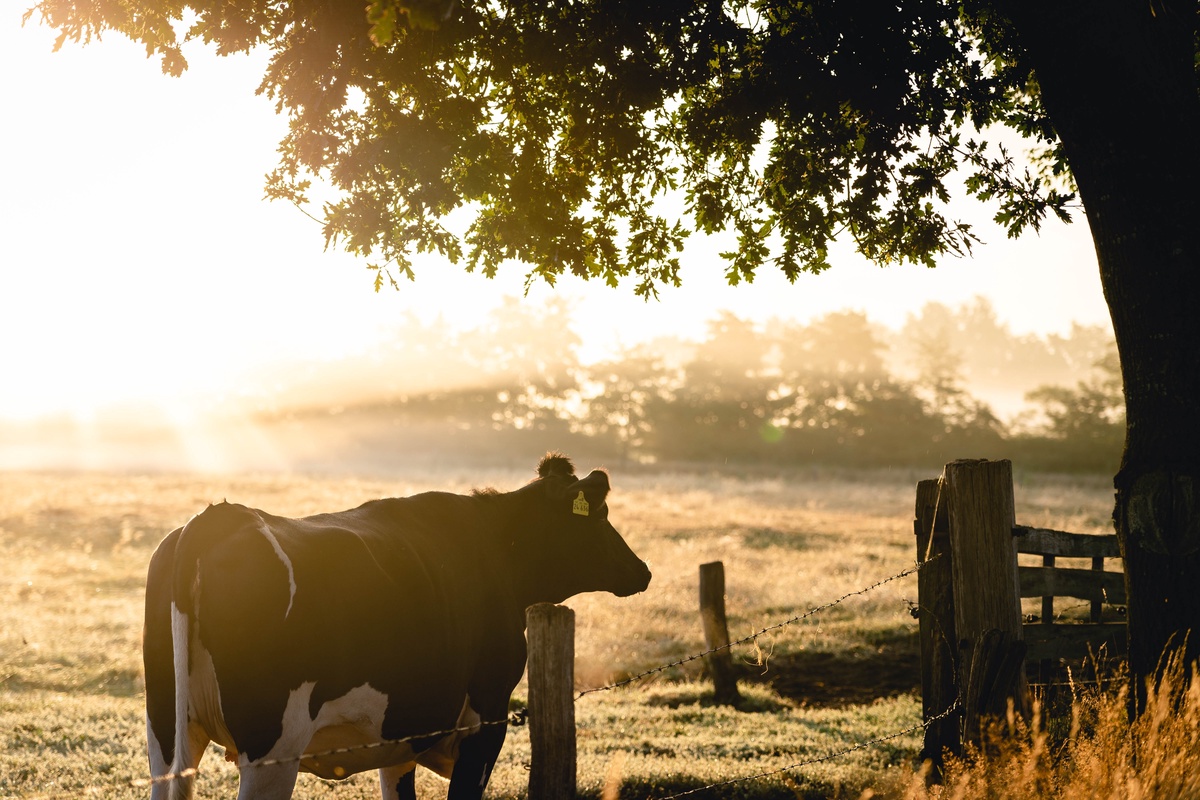If you happen to have domesticated ruminant animals called cattle, then keep reading! Cattle are animals raised and cared for maining for the purpose of meat, milk, leather and other products. And most cattle are used for human consumption so it’s ideal to keep them clean and healthy.
But when caring for any kind of animal, viruses, parasites and so on are your number one concern, especially for animals that are rasied with many other animals. So you want to always make sure your cattle are up-to date with their vaccines and deworming, are healthy and are regularly checked.
But, just to be sure, you might want to know a thing or two about common cattle illnesses. This is for you to know how to spot early stages before they heavily affect your cattle and other animals within your care.
So to help you out, below are a list of common cattle diseases for you to know about and how to prevent and cure them:
1 - Bovine Respiratory Disease (BRD)
This sickness is pretty complex because it’s caused by multiple pathogens like various kinds of viruses, as well as bacteria. This directly affects the cattle’s respiratory system. What you can do to prevent this is by providing your cattle with good nutrition, have good ventilation in housing and transport, be up-to-date with vaccinations and minimize stress when transported.
2 - Bovine Viral Diarrhea (BVD)
A viral illness that affects the immune function and digestive systems of afflicted animals is a major worry in the cattle business. This complex illness causes a wide variety of symptoms, from minor to severe, and it poses serious health and economic problems for cow herds all over the world.
The virus that causes BVD has a negative impact on the digestive system and causes symptoms including diarrhea, decreased appetite, and upset stomach. Simultaneously, the immune system is weakened, making the animal less able to fight off infections and more susceptible to secondary diseases. Well, that might worsen the condition and result in more serious health issues.
Vaccination, testing to identify carriers, and biosecurity precautions to avoid contact with diseased animals are all examples of prevention for BVD.
3 - Foot and Mouth Disease (FMD)
FMD is known for having a significant effect on animals with cloven hooves and being extremely infectious. Due to its contagiousness and quick transmission, this viral illness, which is characterised by fever, blisters, and sores in the mouth and foot, not only causes extreme suffering and misery to affected animals but also has significant economic repercussions and trade implications.
Strict biosecurity, quarantine regulations, immunisation (in endemic regions), and limiting the movement of animals from contaminated areas are all part of prevention to consider for FMD.
4 - Mastitis
Mastitis, a common and financially crippling disease in the dairy industry. It is the inflammation of the mammary gland, frequently brought on by bacterial infection. This complex disease presents several difficulties that impact dairy herds' efficiency in producing milk as well as the wellbeing of the animals.
Prevention encompasses appropriate diet, routine health examinations, dry cow treatment, and suitable cleanliness while milking to efficiently prevent and fed off Mastitis.
5 - Internal Parasites
Internal parasites, especially worms, are a recurring threat to cattle's well-being and output. This results in a variety of health problems from minor discomfort to life-threatening disease. These parasites, which include several kinds of gastrointestinal worms, can have a serious negative effect on the health and productivity of animals raised in agricultural environments.
Worm infestations can cause a variety of symptoms, including anaemia, decreased milk or meat production, decreased appetite, weight loss, and in extreme situations, even death. Rotational grazing, routine deworming, pasture management, and upholding appropriate cleanliness are examples of preventive approaches.
Take away
Now you know 5 common cattle diseases, this will make you more aware of sysmpthoms to look-out for. And now you also know preventatives, this will help you care for your cattle even better now. Note, always have animal health products, first aid kits and a trusted veterinarian number with you at all costs, for emergency measures.
A variety of biosecurity protocols, proper diet, frequent veterinarian examinations, immunisation, and sound farm management techniques are frequently combined as preventive measures.


No comments yet